Discover. Decide. Drive.
Explore at your pace, with expert recommendations if needed. Finalise and book your car at the best price.
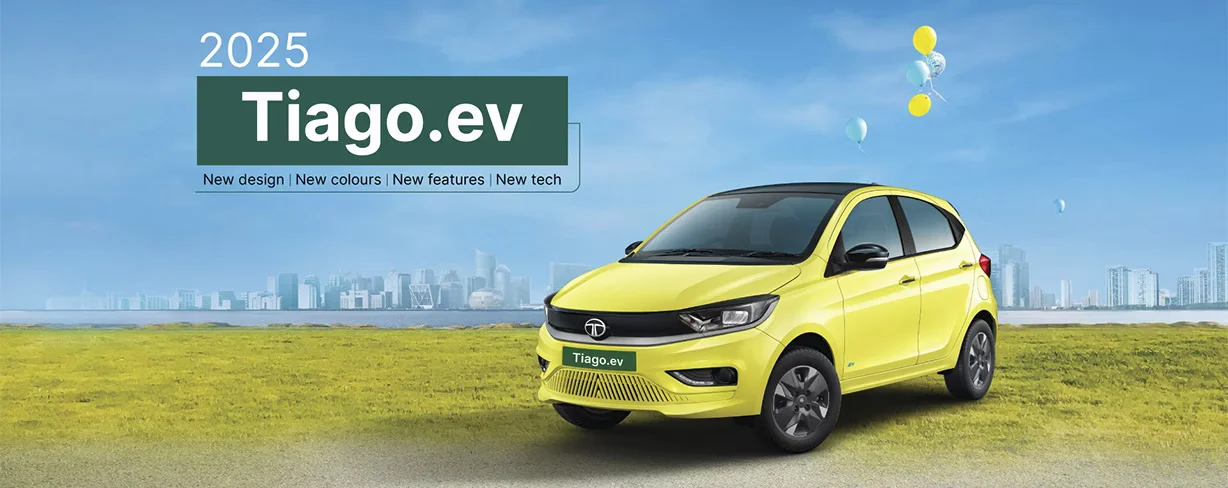
Fuel type
Electric
Certified range
250 - 315 km
Transmission
Automatic
Battery Capacity
0.019 kWh • 0.024 kWh
Seat capacity
5 seater
Available colours
7 colours







Charging Time
56 mins
Battery Type
Lithium-ion
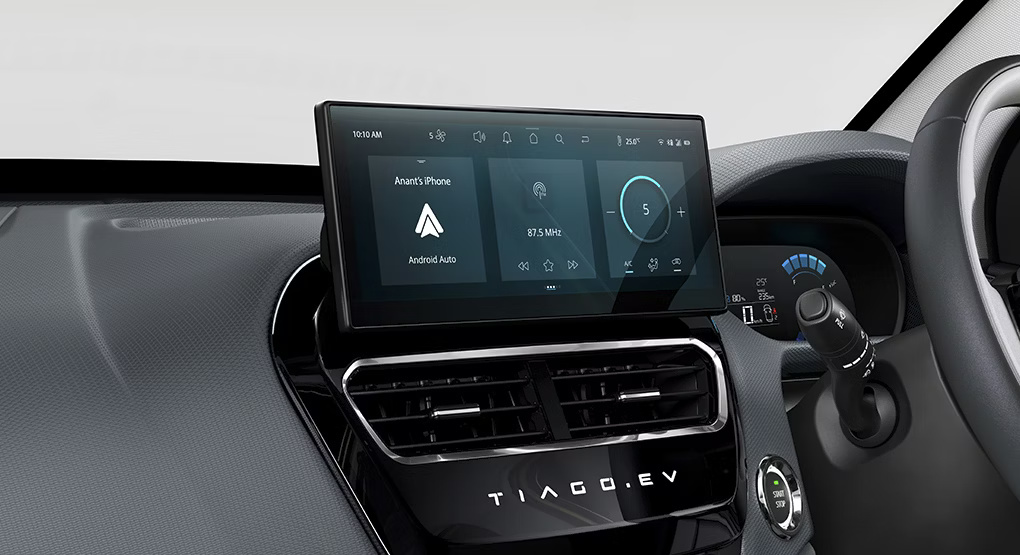
Infotainment System Display Non-Touch Sensitive

Speakers

Wheels Steel Rims
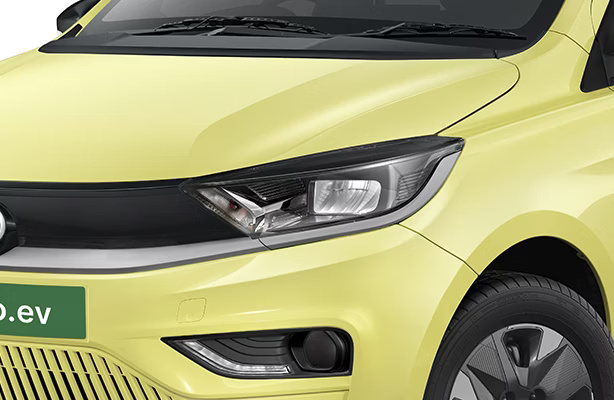
Headlights Halogen
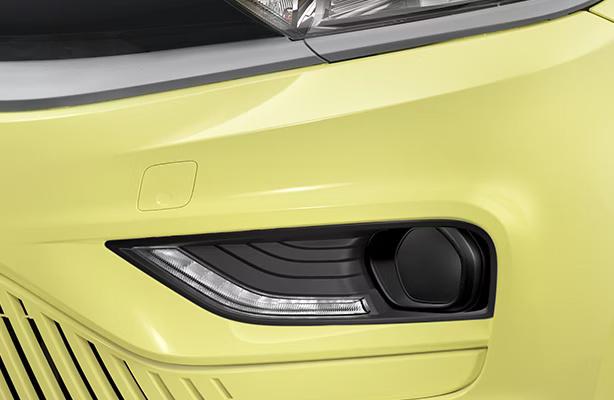
DRLs (Daytime Running Lights)
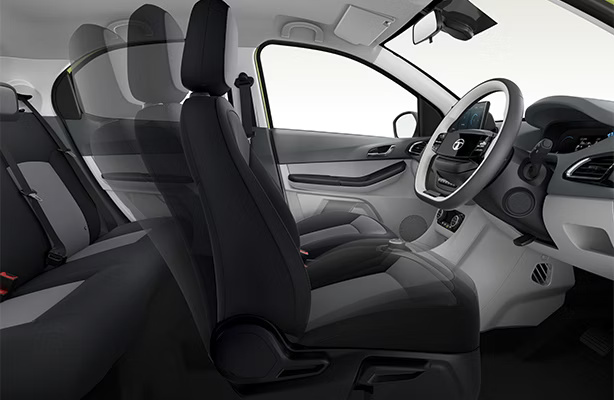
Driver Seat Adjustment Manual

Air Conditioning Automatic Climate Control

Driving Modes
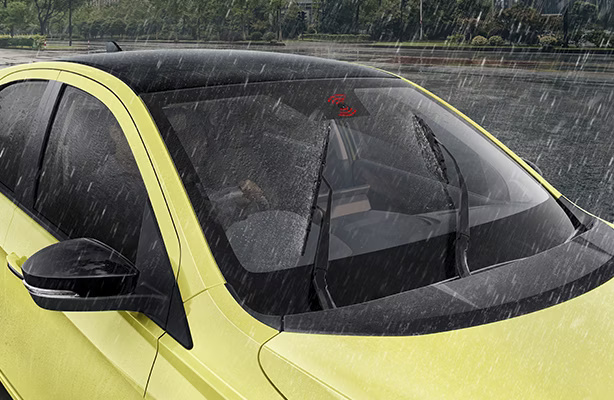
Rain-Sensing Wipers The wipers will activate automatically when the rain is detected.

Follow Me Home Headlamp Headlights stay on for a few seconds after locking the car to light up your path.
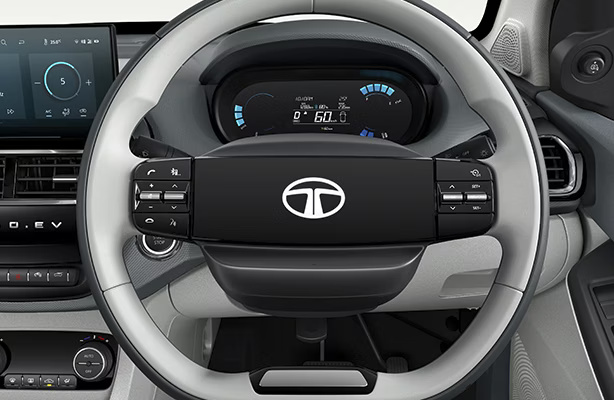
Instrument Cluster Digital
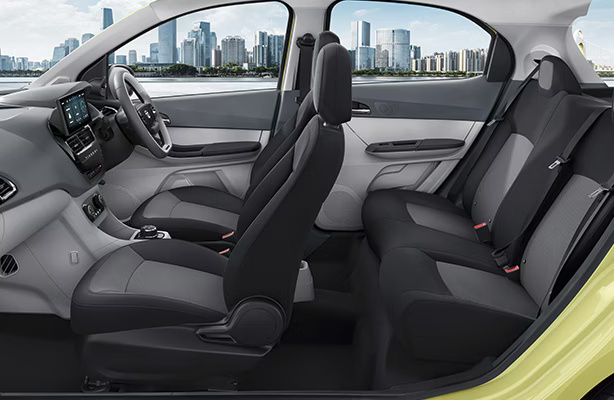
Seating Capacity 5-Seater
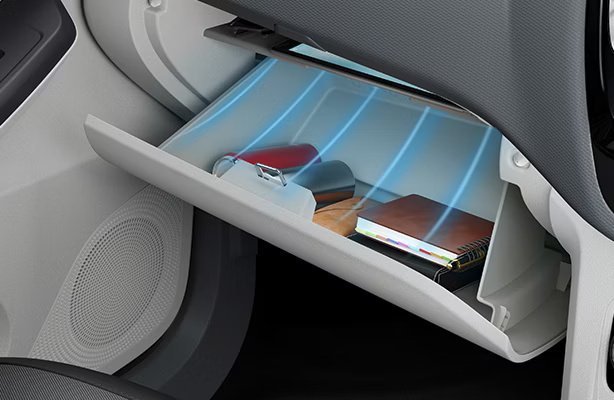
Cooling Glove Box
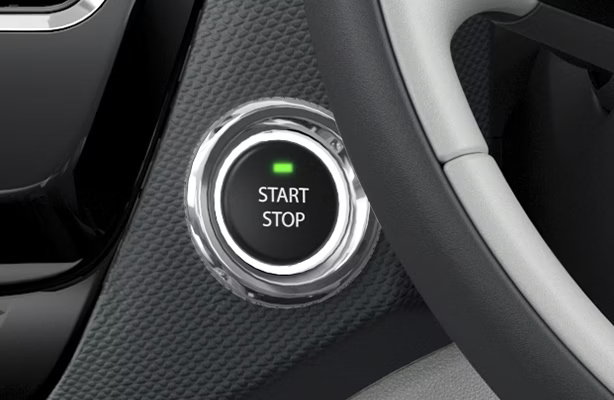
Start/Stop Button
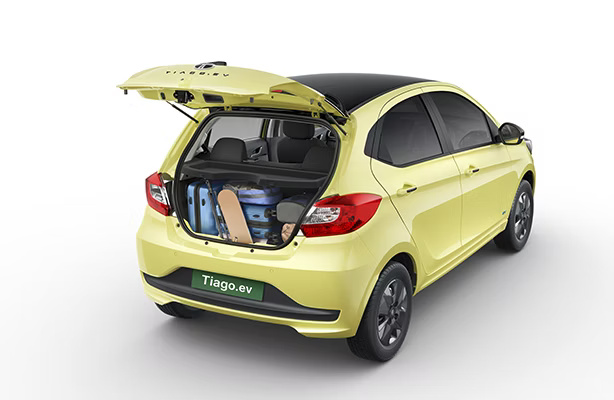
Boot Space 240 litres
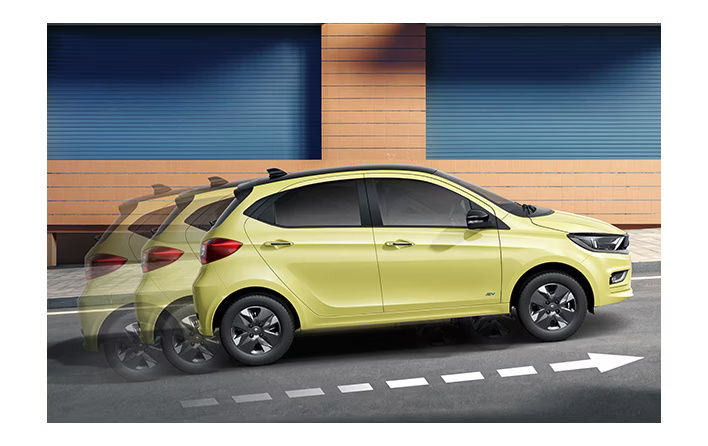
HHC (Hill Hold Control) It prevents the car from rolling backwards when starting on an incline.
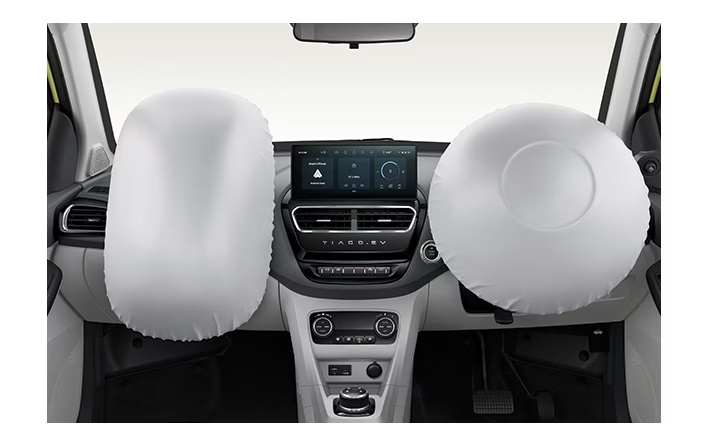
Airbags 2 (Driver & Co-Driver)

ESP (Electronic Stability Program) Helps the driver to maintain control of the car in situations like skidding or sudden manoeuvres.
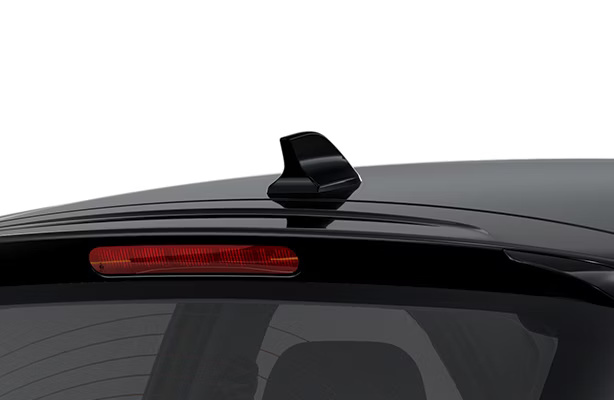
Rear Spoiler Aerodynamic device on the rear to improve stability or styling.
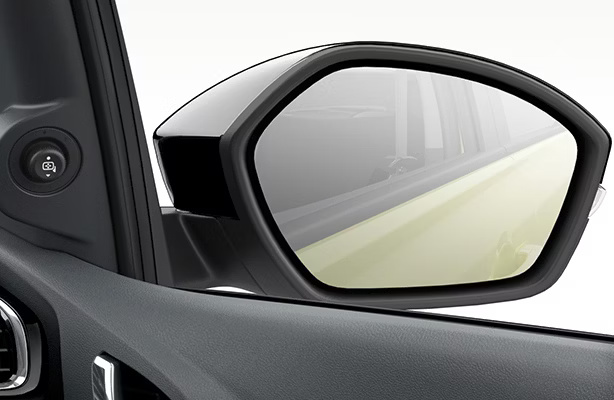
Adjustable ORVM Externally
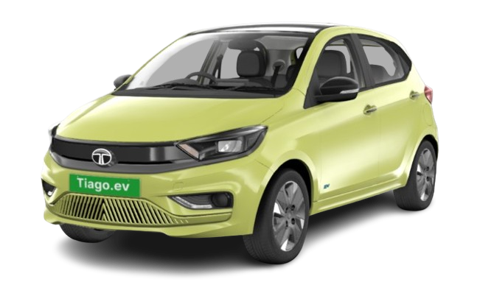





Discover. Decide. Drive.
Explore at your pace, with expert recommendations if needed. Finalise and book your car at the best price.
Financing the right way
Access the best loan options with hassle-free, paperless financing.
Prepare to drive
Schedule delivery for your special day and track updates effortlessly.Schedule delivery for your special day and track updates effortlessly.